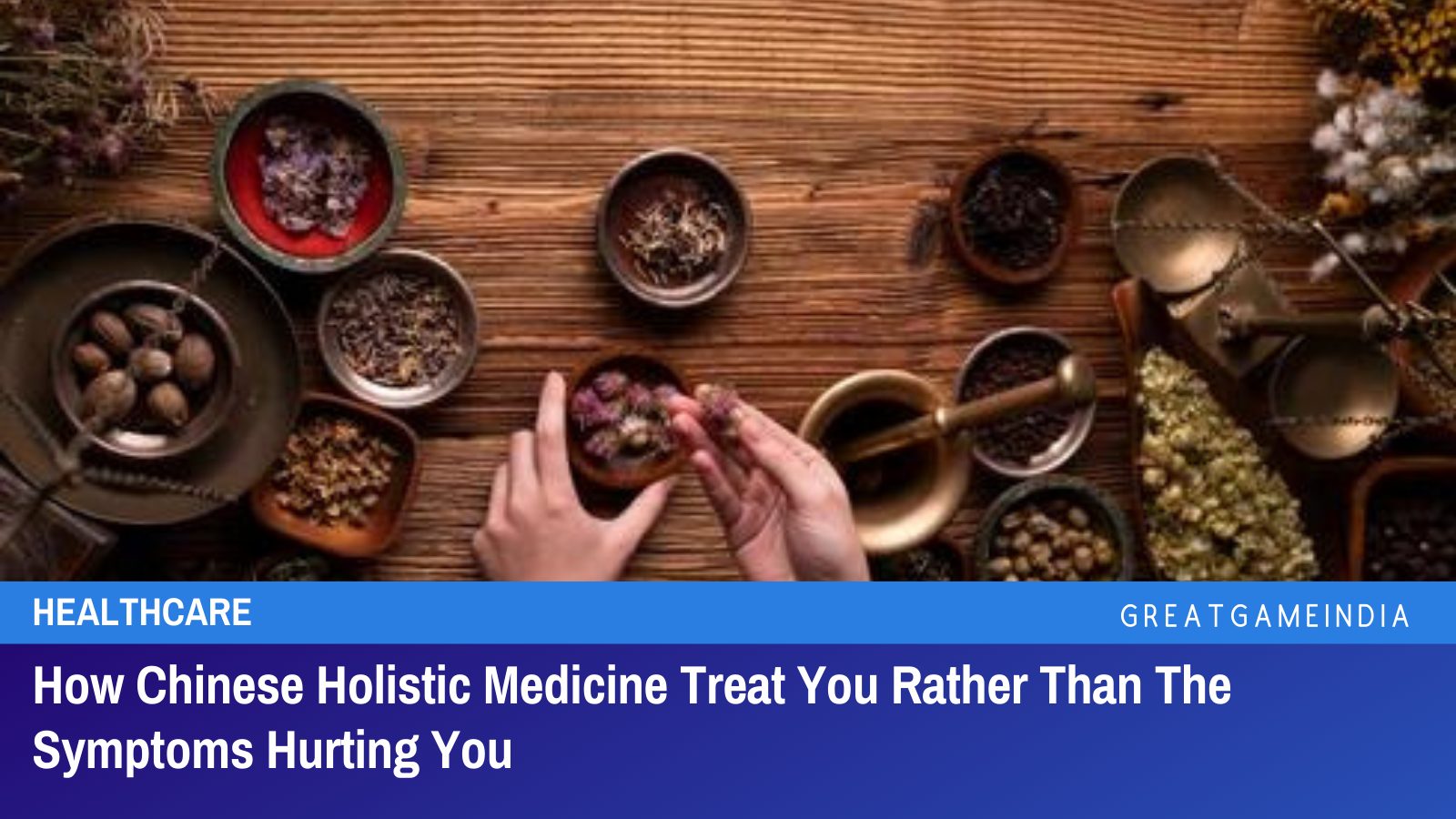
Japan, known for its technological advancements and ancient traditions, is also witnessing a growing interest in holistic medicine. While conventional Western medicine remains dominant, more people are exploring alternative and complementary therapies to address health concerns from a more comprehensive perspective. This article delves into the landscape of holistic medicine in Japan, exploring its various forms, acceptance, and potential future.
What is Holistic Medicine?
Holistic medicine focuses on treating the whole person – mind, body, and spirit – rather than just the symptoms of a specific ailment. It emphasizes lifestyle adjustments, preventative care, and natural therapies to promote overall well-being. This approach recognizes the interconnectedness of various aspects of health and aims to address the root causes of illness.
Forms of Holistic Medicine Practiced in Japan
Several forms of holistic medicine have found a foothold in Japan. These include:
- Kampo: Perhaps the most well-known, Kampo is traditional Japanese herbal medicine derived from classical Chinese medicine. It's often integrated into conventional medical settings, and Kampo practitioners are licensed.
- Acupuncture and Moxibustion: These techniques, also originating from Chinese medicine, are widely practiced in Japan to alleviate pain, improve circulation, and address various health conditions. Many Japanese people utilize acupuncture for pain management and stress reduction.
- Shiatsu: A Japanese massage therapy technique involving pressure applied to specific points on the body to release tension and promote energy flow. Shiatsu is a popular choice for relaxation and pain relief.
- Yoga and Meditation: Mindfulness practices like yoga and meditation are gaining popularity as people seek stress reduction and mental clarity. Many studios and centers offer classes and workshops.
- Dietary Changes and Nutritional Supplements: Emphasis is placed on consuming a balanced diet rich in fresh, whole foods. Nutritional supplements are also used to address deficiencies and support overall health.
- Shinrin-yoku (Forest Bathing): This uniquely Japanese practice involves immersing oneself in nature, particularly forests, to reduce stress and improve well-being. Studies have shown that Shinrin-yoku can lower blood pressure and boost the immune system.
Acceptance and Challenges
While Kampo is relatively integrated, other forms of holistic medicine face challenges in terms of widespread acceptance and regulation. Many Japanese people still primarily rely on conventional Western medicine. However, a growing number are seeking out holistic therapies as a complement to their conventional treatments or as a preventative measure.
The lack of standardized regulations and quality control for some therapies can be a concern. It's important to seek out qualified and experienced practitioners with appropriate certifications.
The Future of Holistic Medicine in Japan
The future of holistic medicine in Japan appears promising. As awareness of its potential benefits grows, more people are likely to explore these therapies. Increased research into the efficacy of various holistic modalities could further enhance their credibility and integration into the healthcare system. A greater emphasis on preventative care and lifestyle interventions may also drive the demand for holistic approaches to health and well-being. As Japan continues to grapple with an aging population, the focus on preventative and holistic approaches will likely only increase. Kampo medicine's continued integration shows promise for other alternative therapies to gain further acceptance and recognition in the future.
Komentar